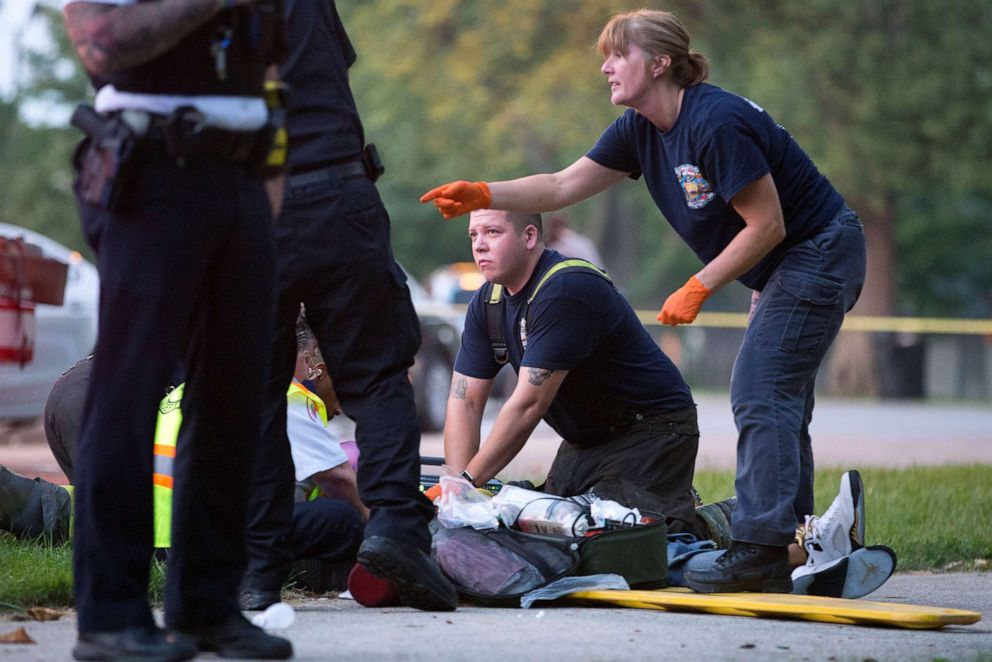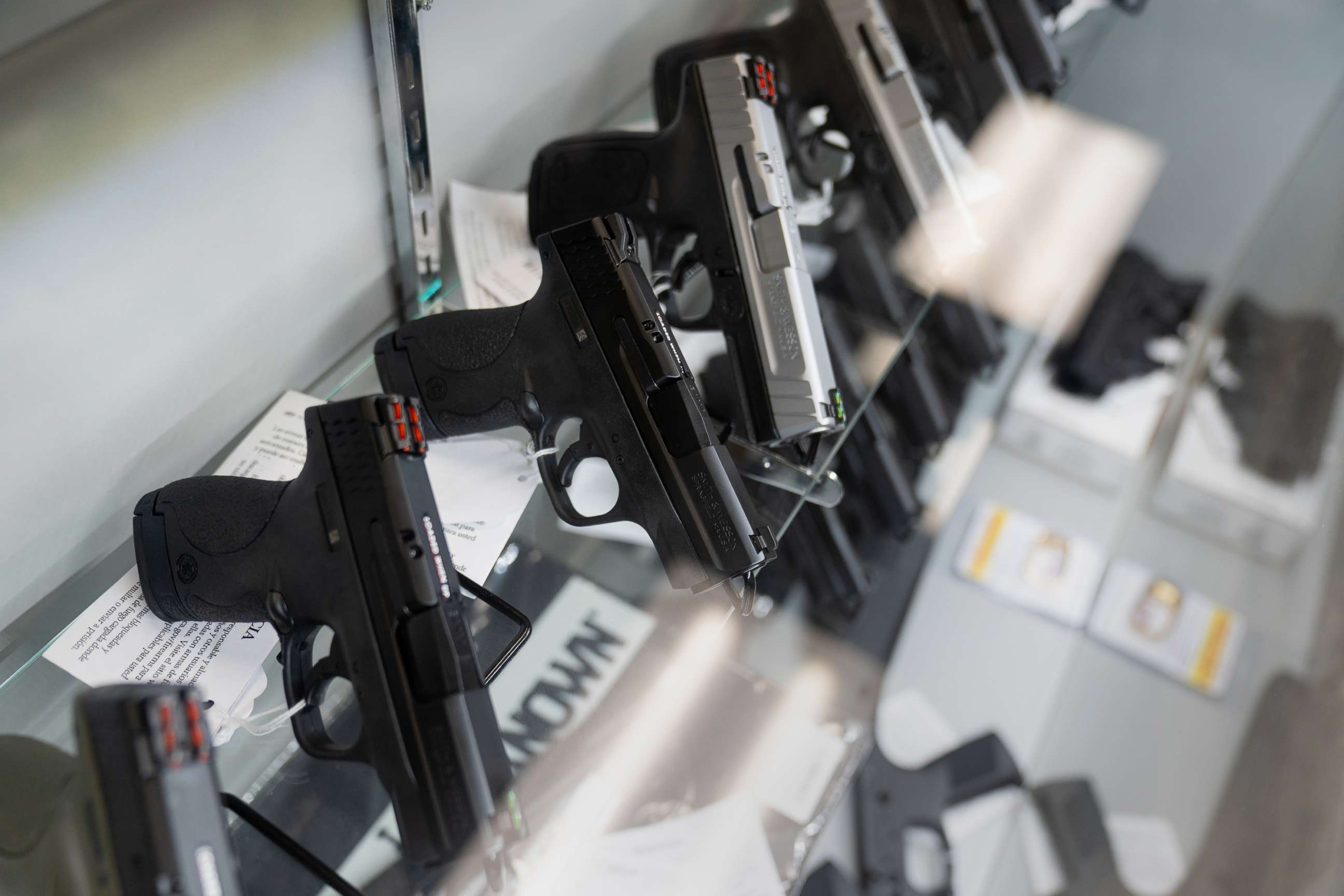Gun injuries cost more than $1 billion a year to treat in hospitals: Report
There are about 50,000 ER visits for firearm injuries each year.
Gun-inflicted injuries result in more than $1 billion in hospital costs each year and programs like Medicaid end up picking up most of the tab, according to a new report.
The report by the nonpartisan Government Accountability Office was requested by House and Senate Democrats and sheds a light on the financial devastation gun violence wreaks.
The report found there are about 30,000 hospital stays and 50,000 emergency room visits annually to treat firearm injuries, following an analysis of most recent hospital data available from 2016 and 2017.
Public coverage programs such as Medicaid accounted for more than 60% of the costs of care, the report found.

The report comes as President Joe Biden highlighted skyrocketing gun violence and crime rates and this week touted the ability of cities and states to repurpose COVID-19 relief funding to address the crisis.
Overall, the report found that firearm injuries led to "significant" financial hospital costs.
"While firearm injuries constitute a small proportion of overall hospital costs — less than 1% over the 2-year period we studied — per patient, these injuries are relatively expensive to treat compared with other types of injuries or conditions," the report stated, citing the average cost of initial treatment for firearm injury patients, whether emergency deaprtment-only or inpatient care, as "more than twice the average cost of treating other patients in the hospital."
Up to 16% of firearm injury survivors were readmitted at least once to the hospital after initial treatment, and those visits cost an additional $8,000 to $11,000 per patient, the report found.
Gun injury survivors also face hurdles to accessing care after hospital discharge such as insurance coverage, socioeconomic status and provider biases -- all of which can affect access to health care more generally, the report said. Some firearm injury survivors may need lifelong care after hospital discharge, the report also stated.

A majority of firearm victims landed in lower-income brackets and the burden of those treatments largely fell on public safety-net programs, according to the report. Over the two-year period studied, more than half of firearm injury patients for both initial emergency department-only and inpatient care visits lived in zip codes with an annual median household income below $44,000.
Firearm injuries also disproportionately impacted the Black community. Although information on race and ethnicity was not available for ED-only visits, patients identified as Black accounted for over half of inpatient stays and costs, the report noted.

"Many firearm injury survivors are from communities of color and are low income. Because of this, they may be more likely than the general population to face access barriers due to systemic inequities that disproportionately affect those groups," the report said.
Because of "racial bias in the health care system," providers may not prescribe the "same level" of services to patients from communities of color as they do to white patients; moreover, patients' mistrust in the health care system which can "stem from negative prior experiences" and a "lack of racial and ethnic diversity of providers within the health care system, among other things," may hinder patients' access to care," the report stated.




